Explainable Artificial Intelligence, or XAI for short, is a set of tools that helps us understand and interpret complicated “black box” machine and deep learning models and their predictions. Today I would like to show you a sneak peek of my newest package called sauron, which allows you to explain decisions of Convolutional Neural Networks.
What exactly does CNN see?
Let’s start with the basic. We’re gonna need a model, test images for which we want to generate explanations and image preprocessing function (if needed).
library(sauron)
input_imgs_paths <- list.files(system.file("extdata", "images", package = "sauron"), full.names = TRUE)
model <- application_xception()
preprocessing_function <- xception_preprocess_inputThere’s a ton of different methods to explain CNNs, but for now with sauron you have access to 6 gradient based ones. You can check full list using sauron_available_methods function:
sauron_available_methods
# # A tibble: 6 x 2
# method name
# <chr> <chr>
# 1 V Vanilla gradient
# 2 GI Gradient x Input
# 3 SG SmoothGrad
# 4 SGI SmoothGrad x Input
# 5 IG Integrated Gradients
# 6 GB Guided BackpropagationPackage is still in development so I won’t talk about the theory of those methods today. I will leave it for another post (or more probably multiple posts :smile: ).
To generate any set of explanations simply use generate_explanations function. Beside, images paths, model and optional preprocessing function you have to pass class indexes for which explanation should be made (NULL means select class with highest probability for this image), some method specific arguments and if you want to generate grayscale o RGB explanation maps.
explanations <- generate_explanations(
model,
input_imgs_paths,
preprocessing_function,
class_index = NULL,
methods = sauron_available_methods$method,
num_samples = 5, # SmoothGrad samples
noise_sd = 0.1, # SmoothGrad noise standard divination
steps = 10, # Integrated Gradients steps
grayscale = FALSE)Now we can plot our results:
plot_explanations(explanations, FALSE)
# $Input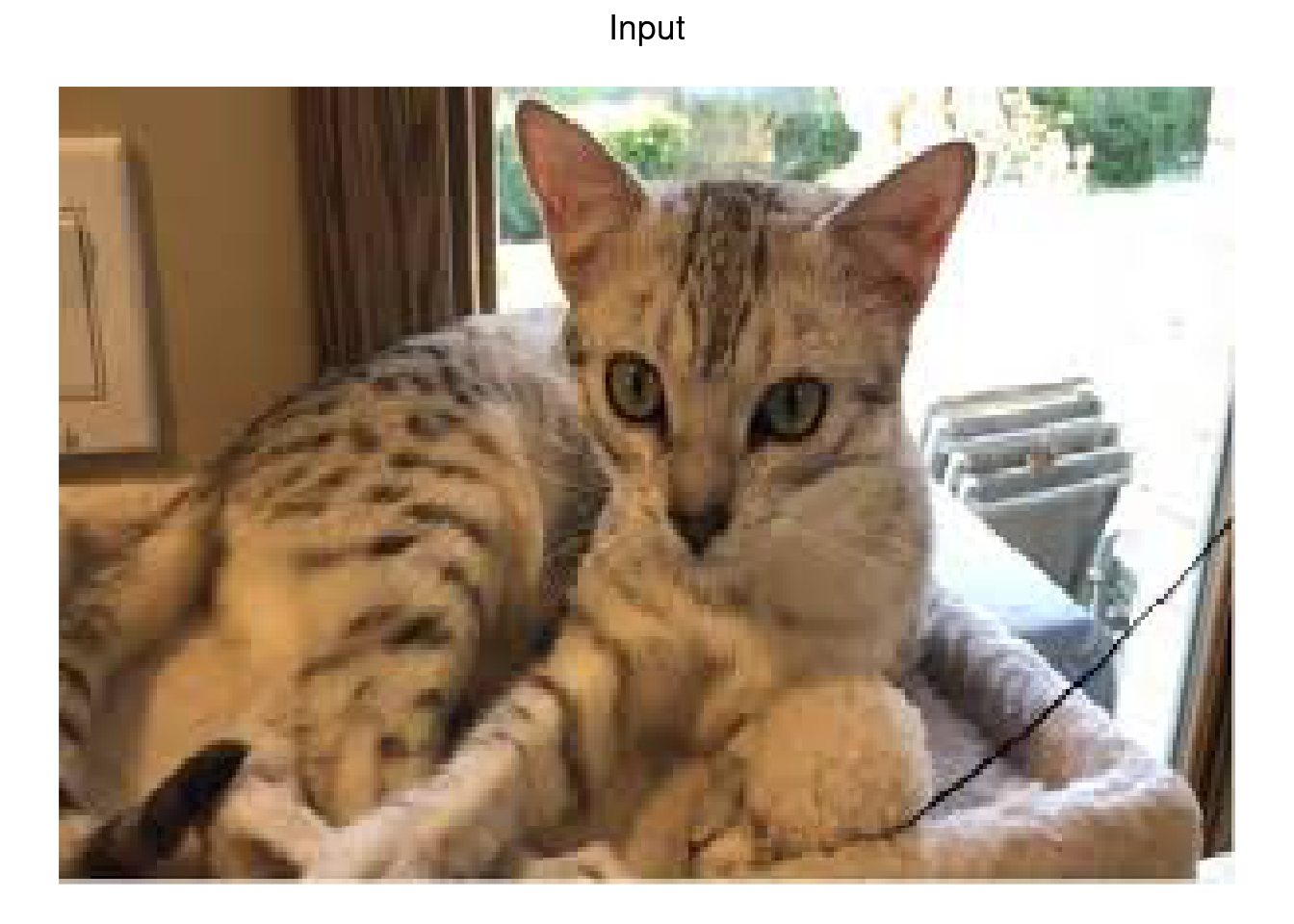
#
# $V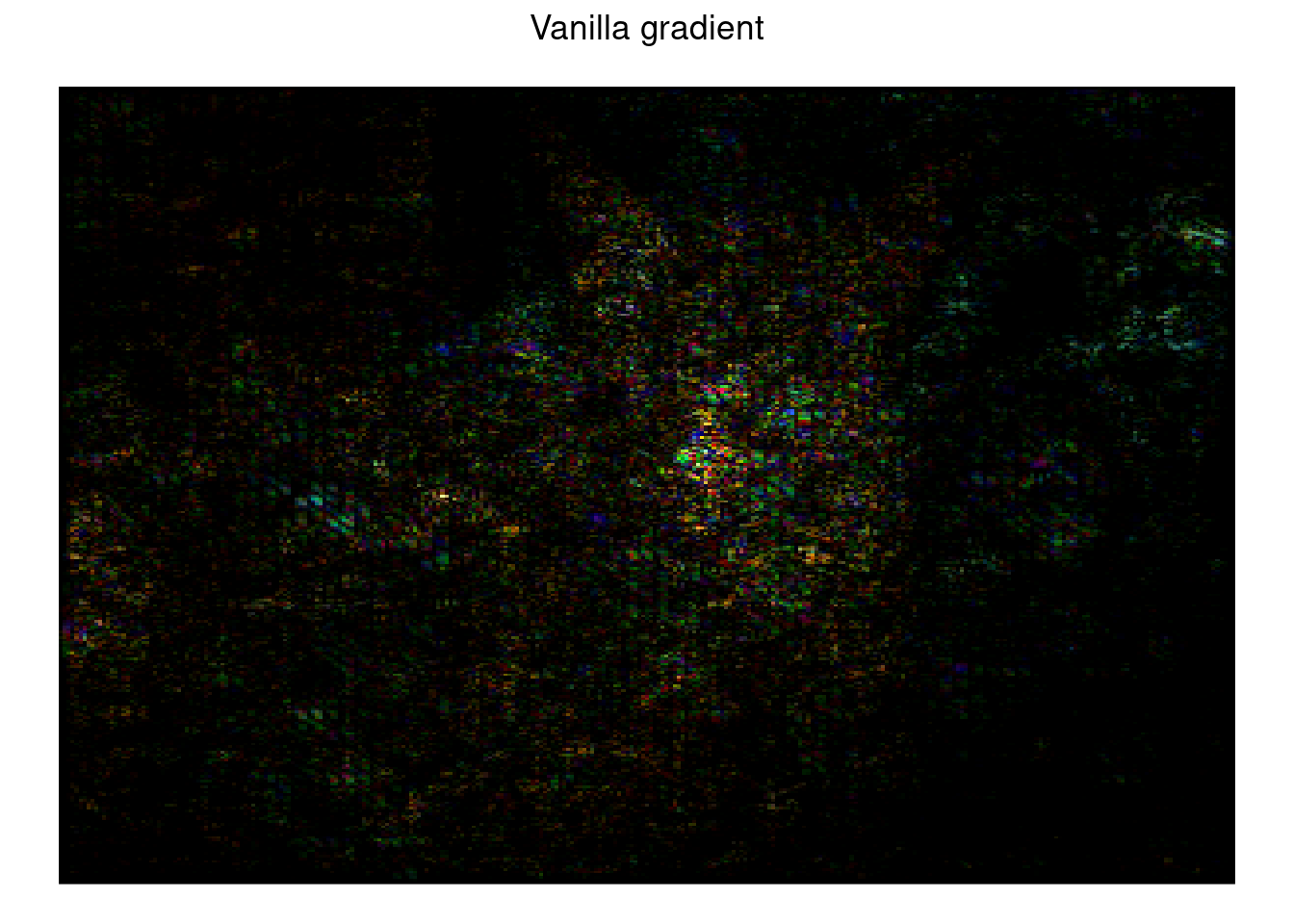
#
# $GI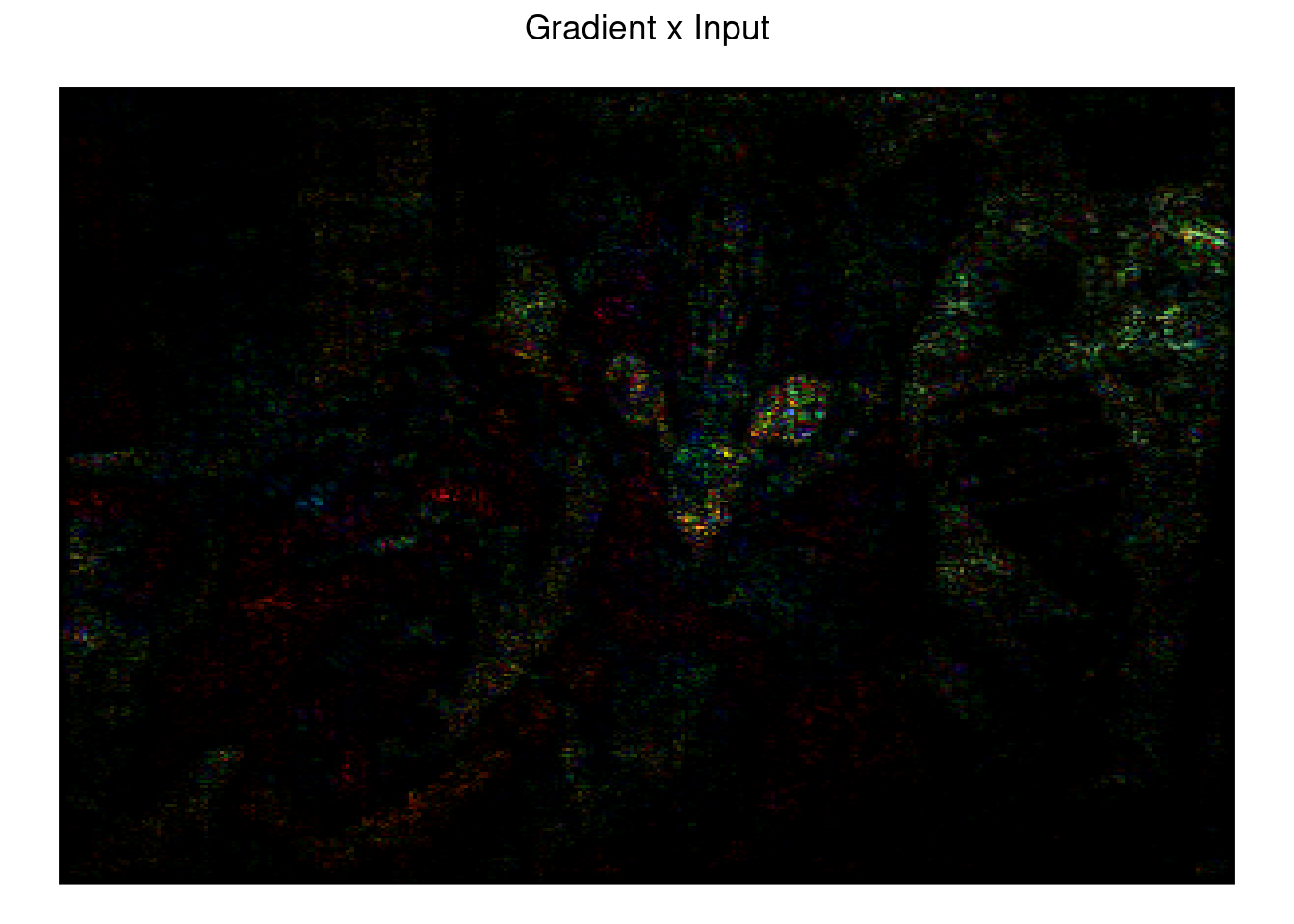
#
# $SG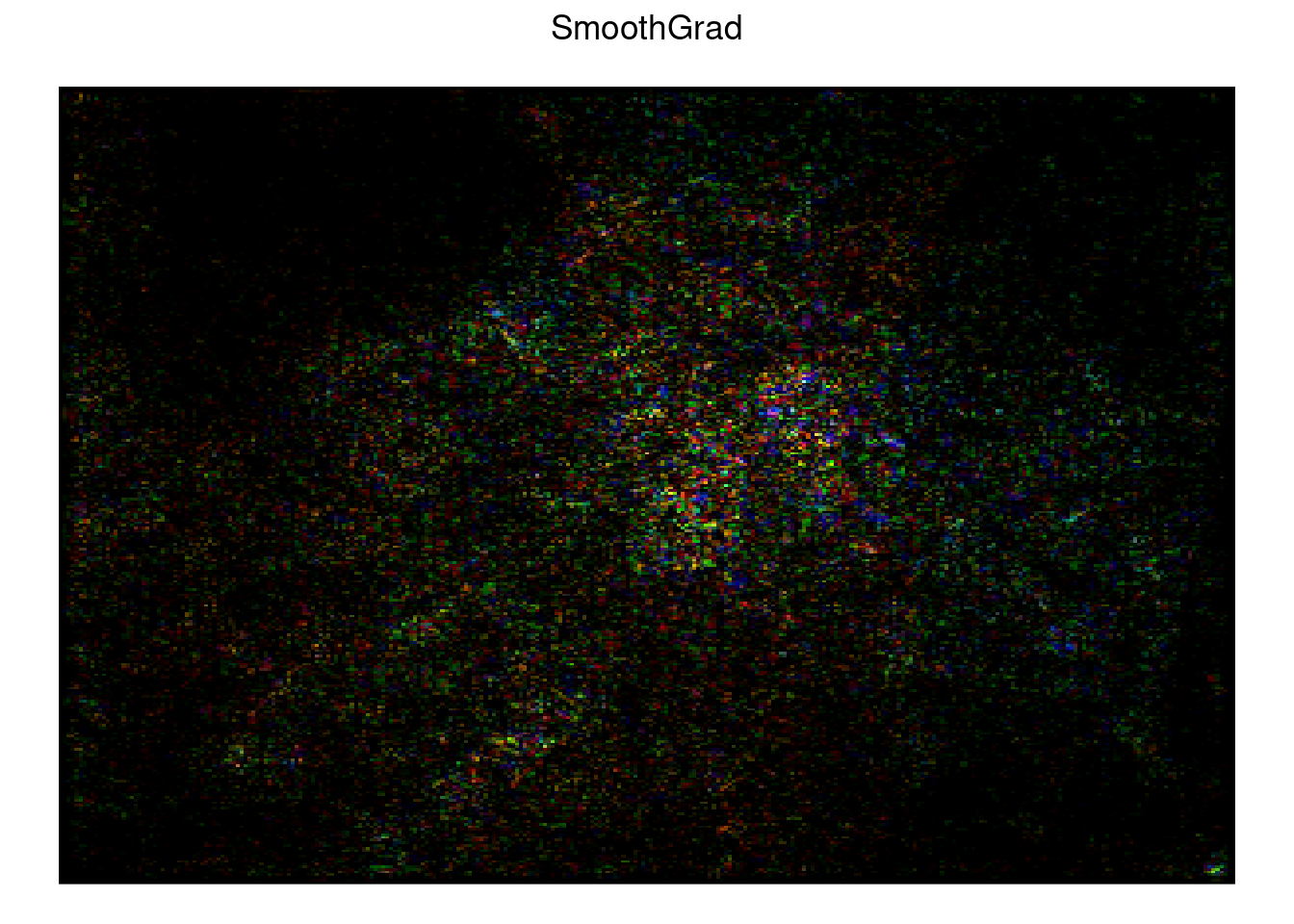
#
# $SGI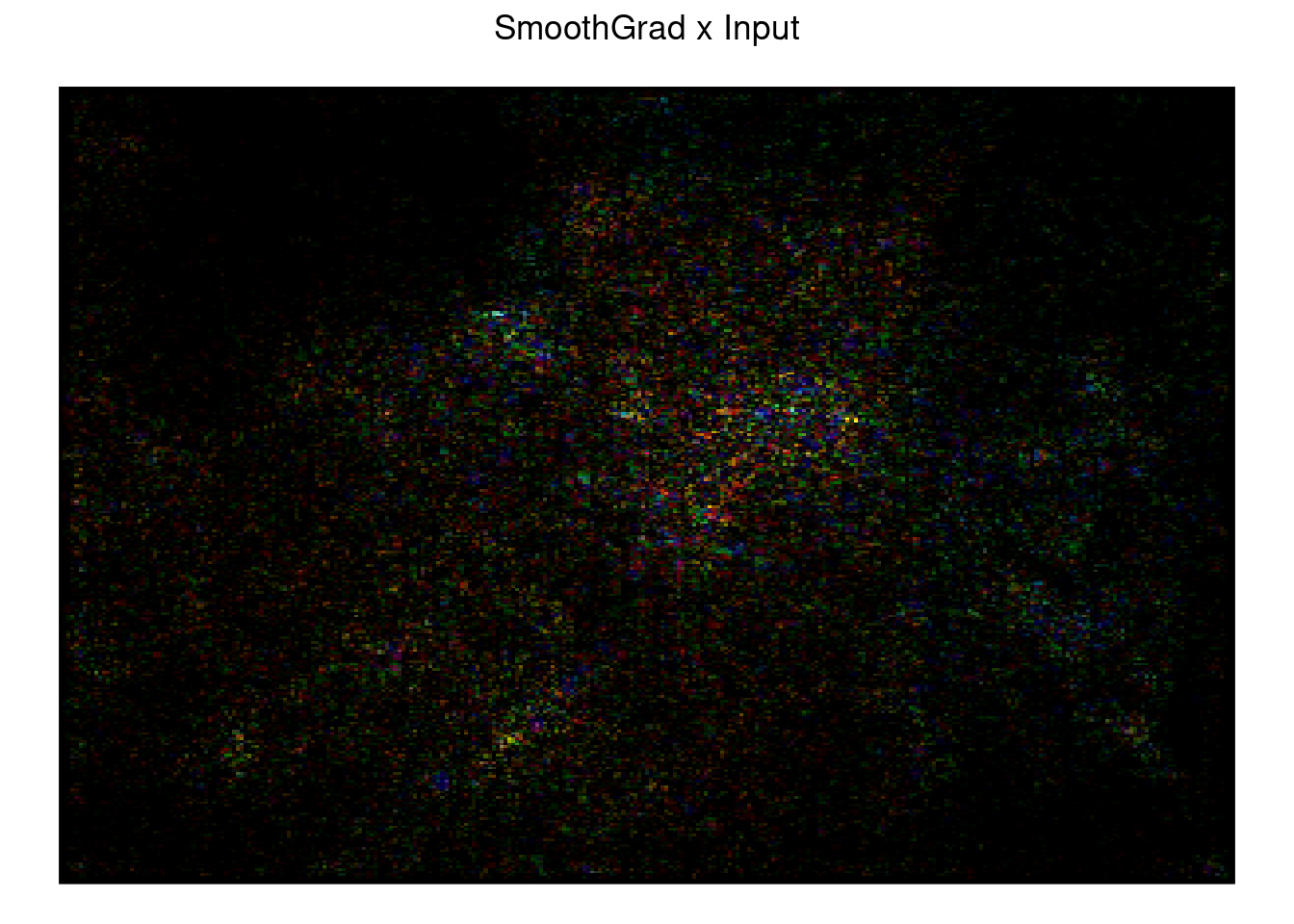
#
# $IG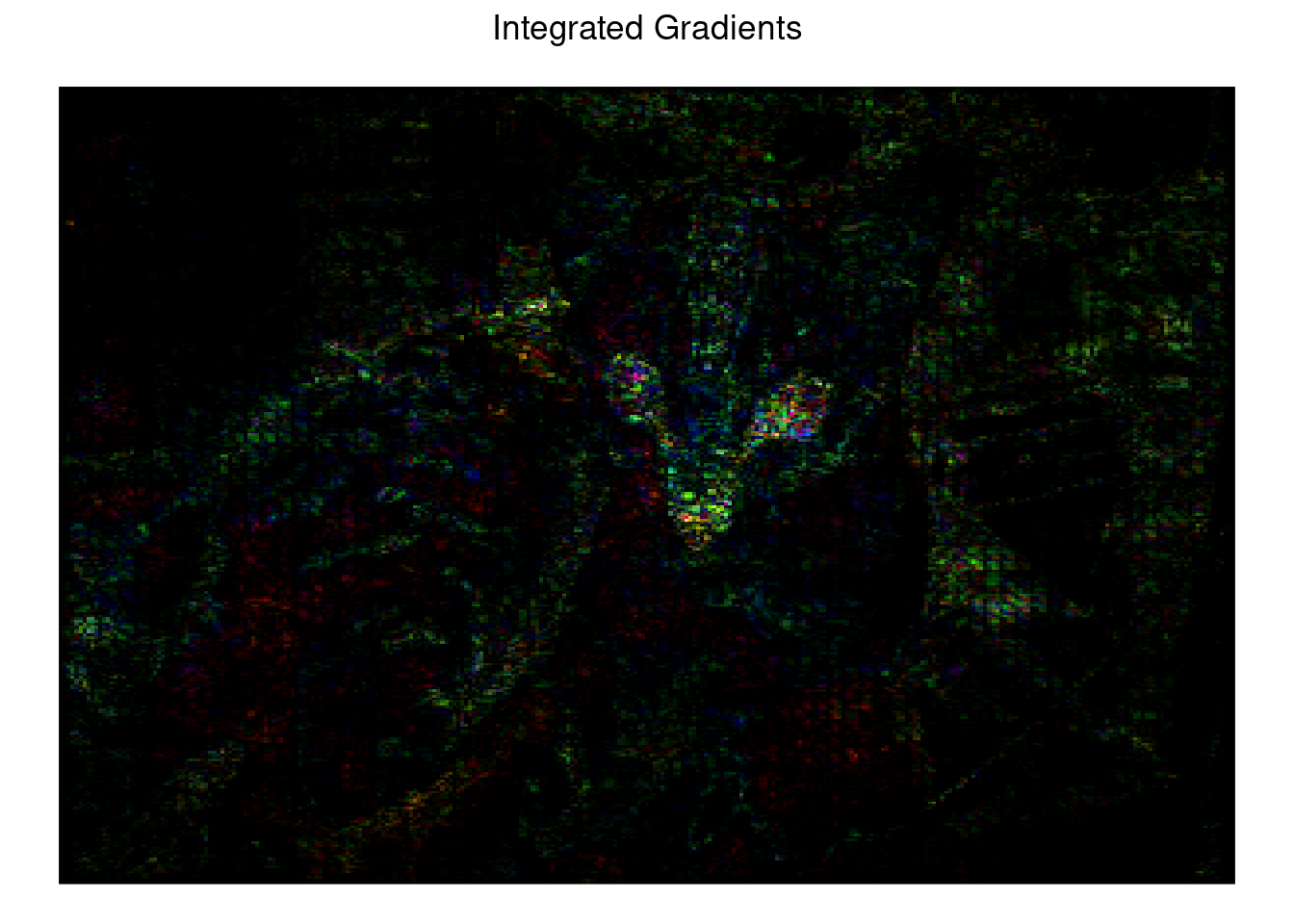
#
# $GB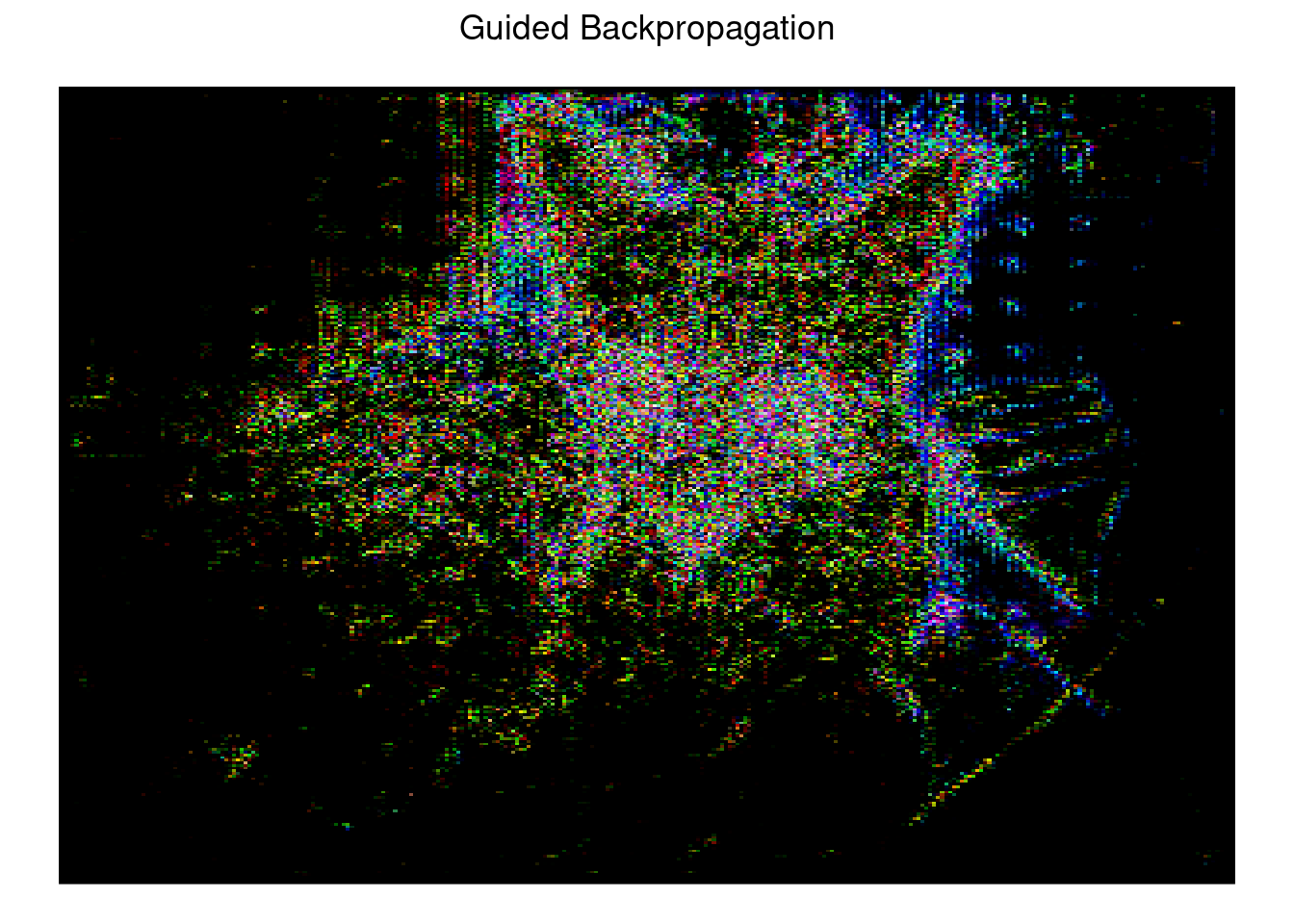
#
# $Input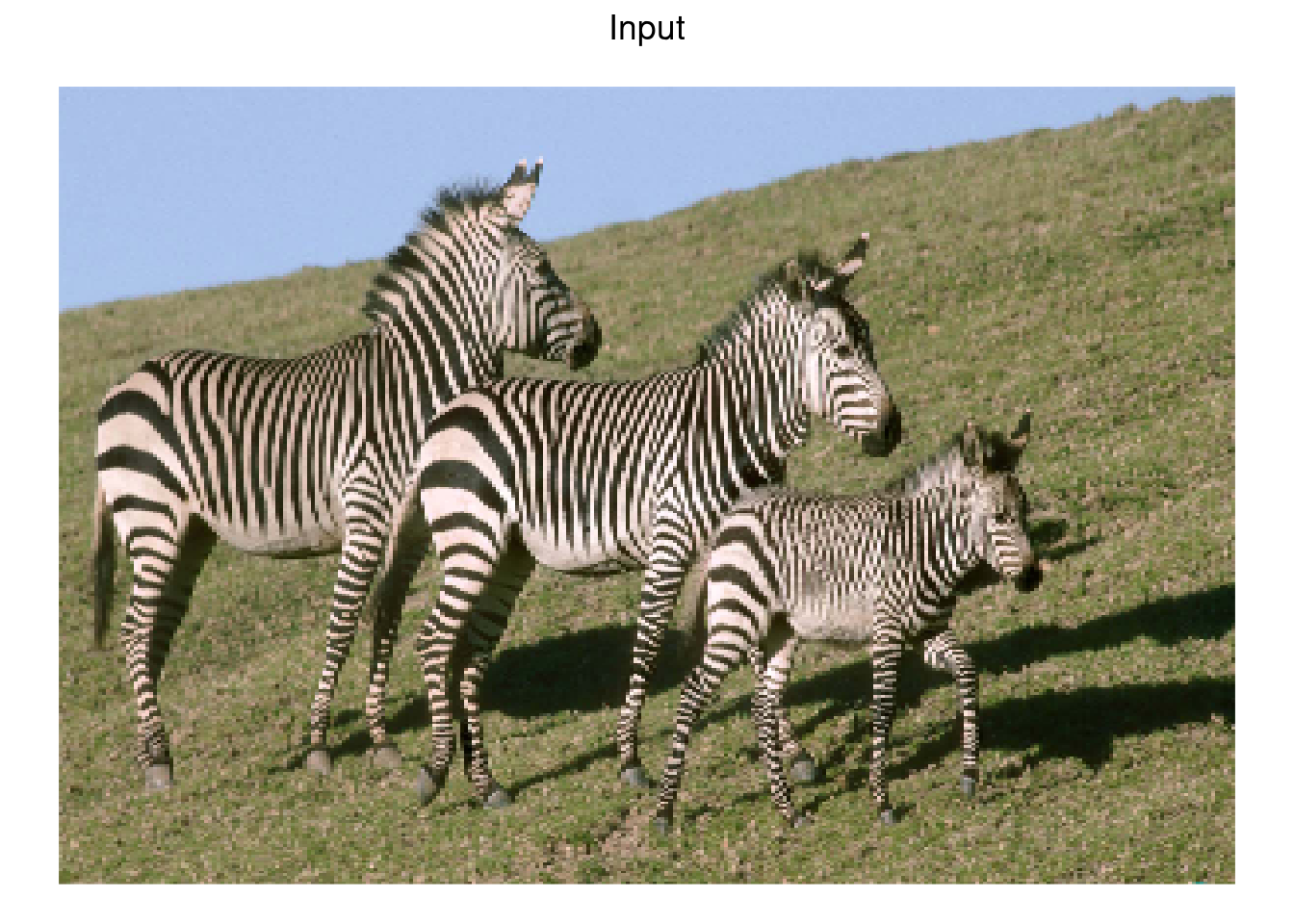
#
# $V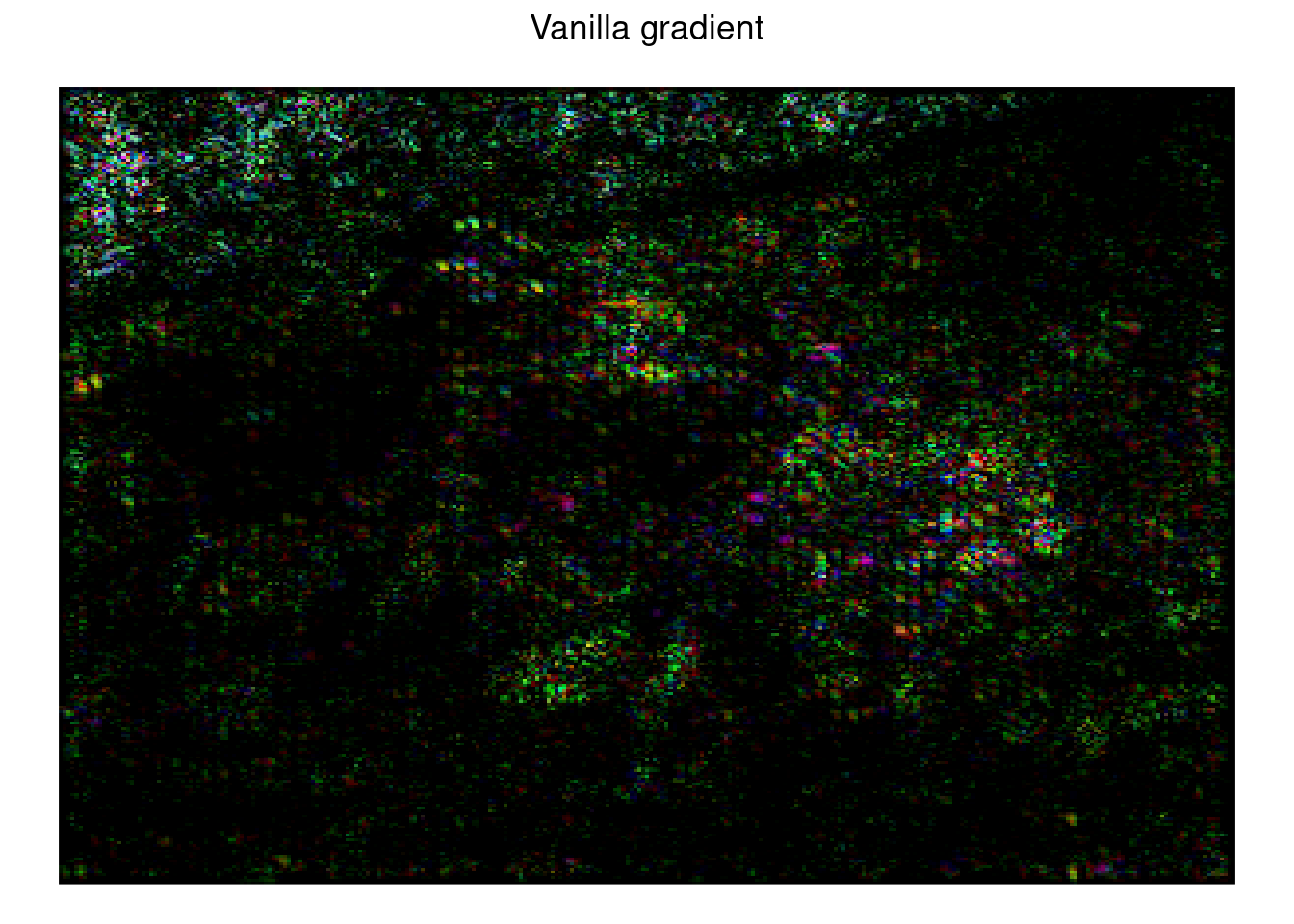
#
# $GI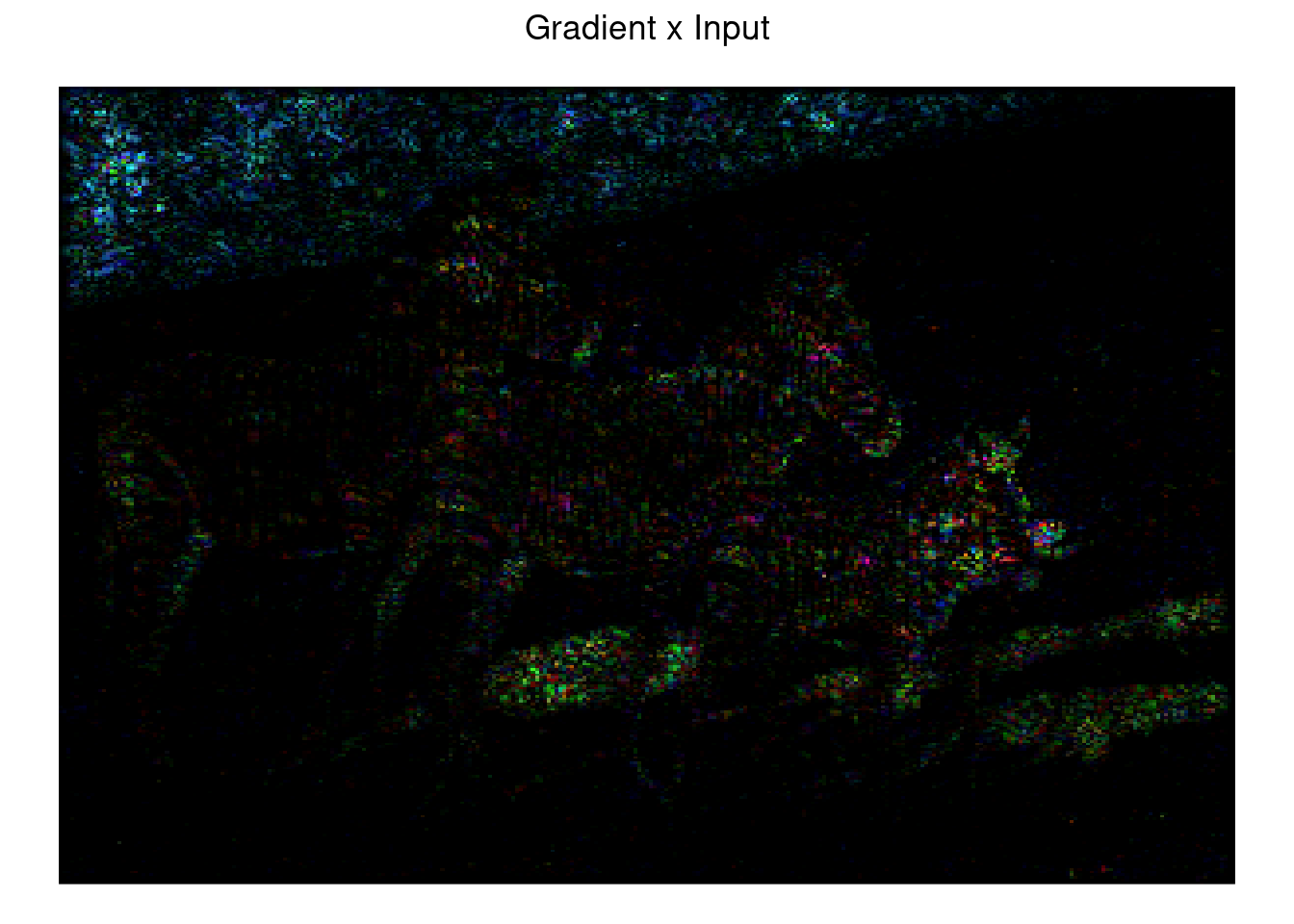
#
# $SG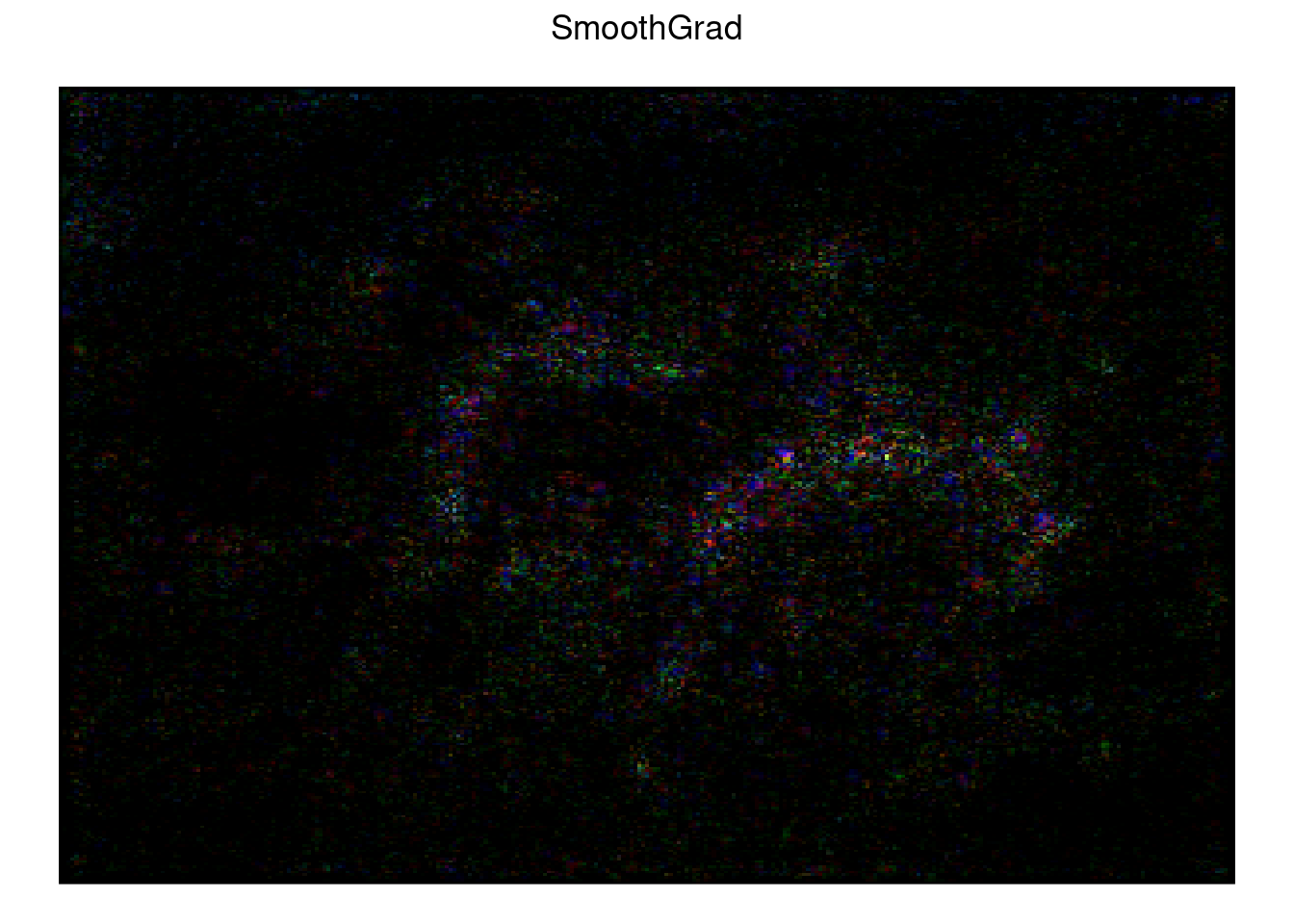
#
# $SGI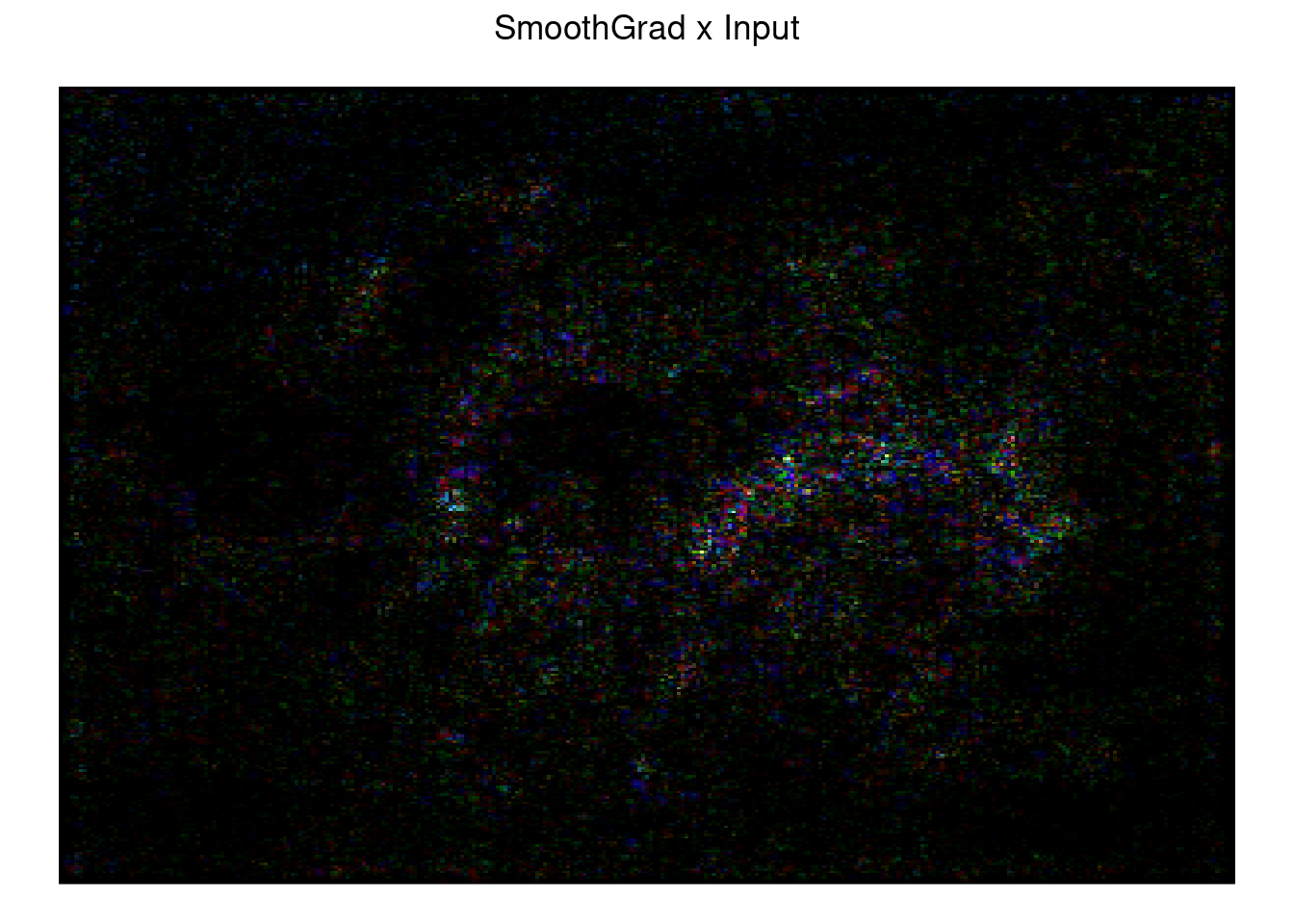
#
# $IG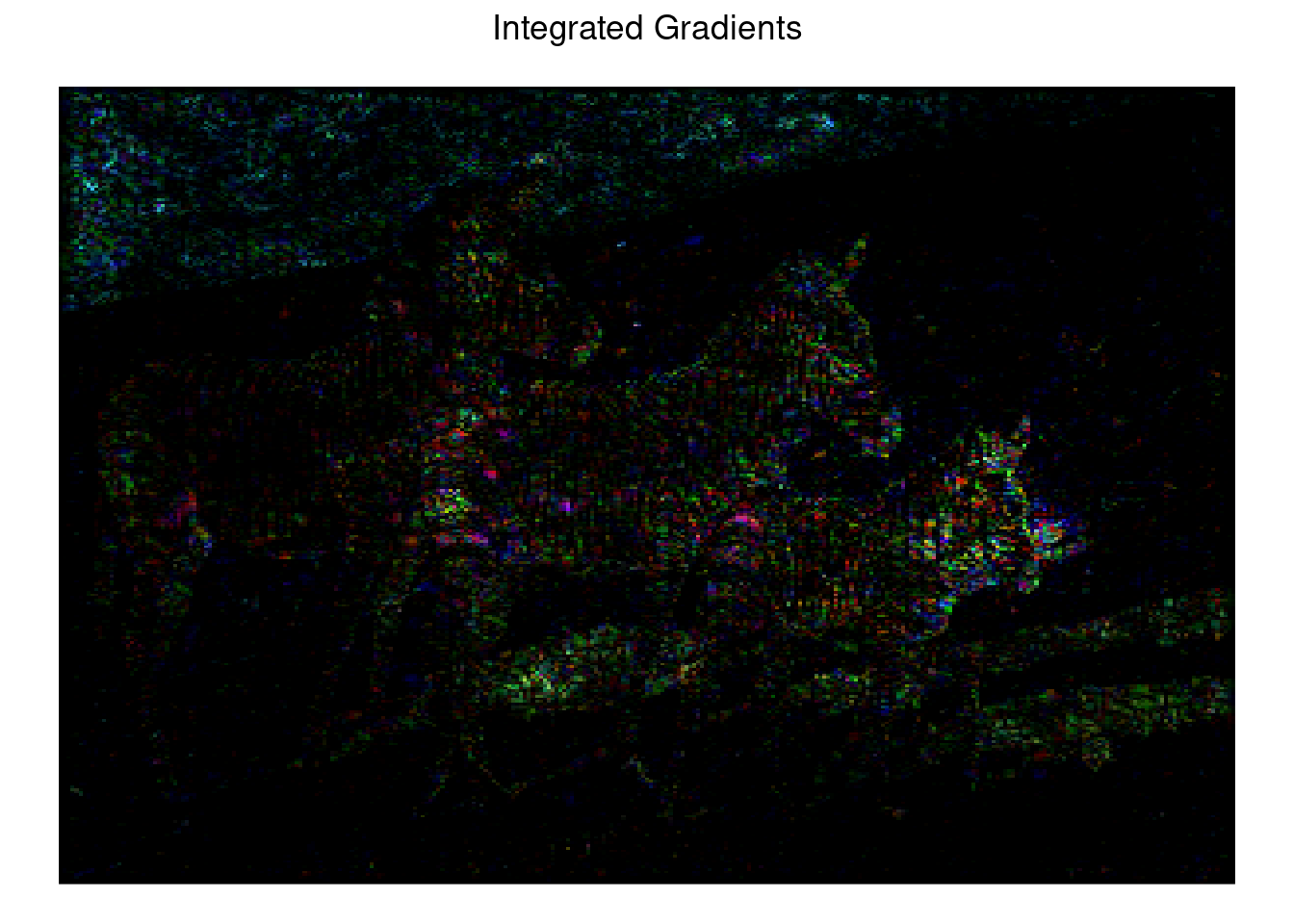
#
# $GB
What next?
First of all, as I said in the beginning, sauron is still in development and it should be available at the end of 2020. So if this topic is interesting for you be sure to visit my github from time to time.
Second of all I’m planning to expand sauron capabilities. The first step will be to add methods like: Grad-CAM, Guided Grad-CAM, Occlusion and Layer-wise Relevance Propagation (LRP).